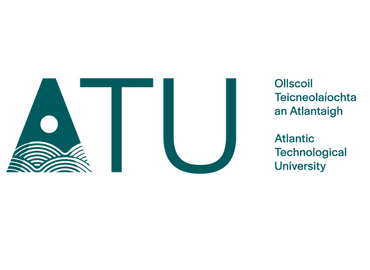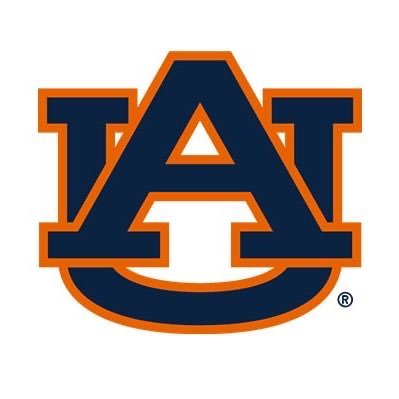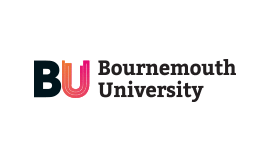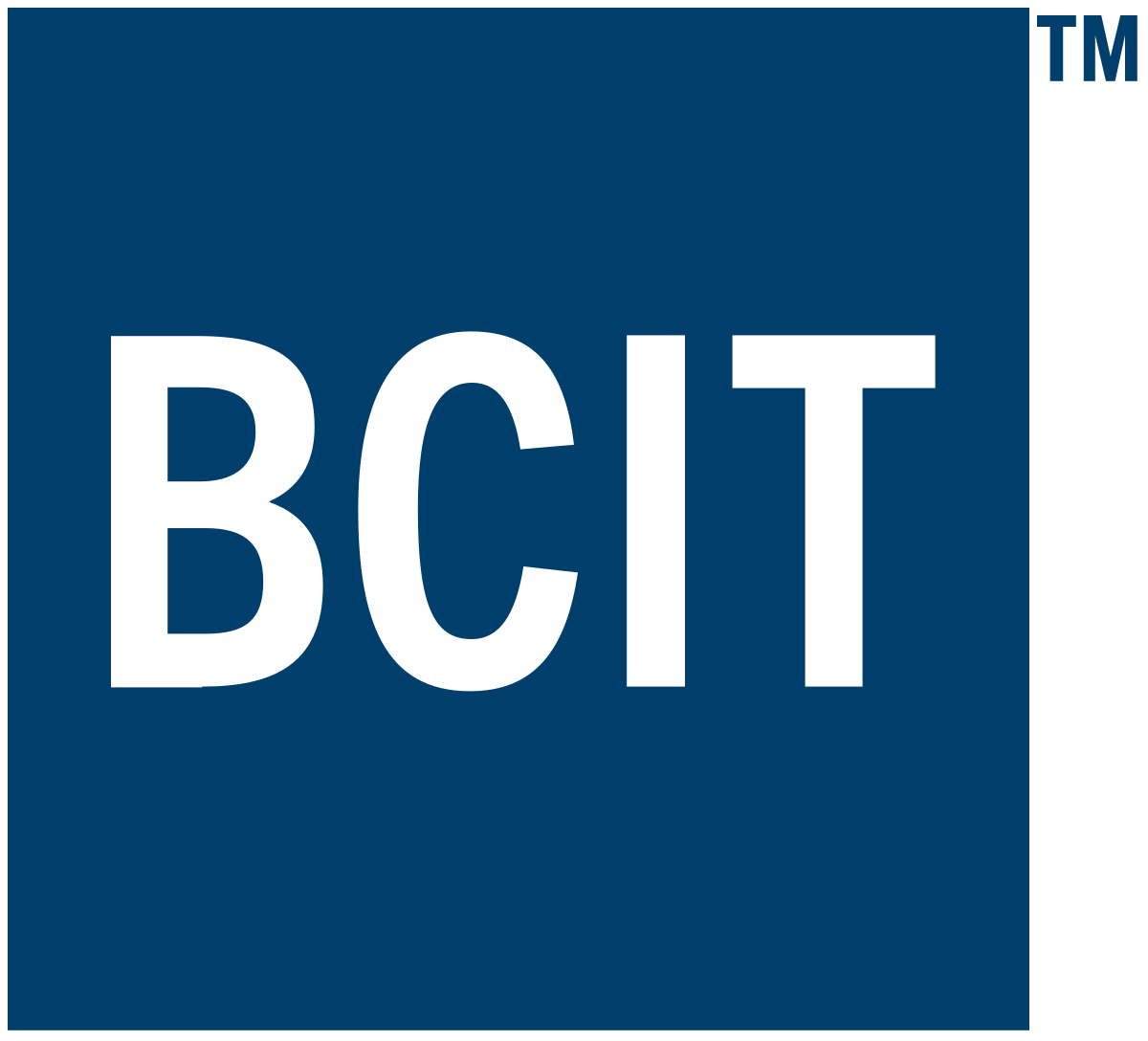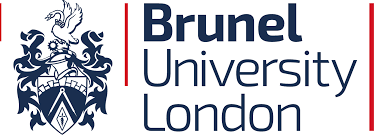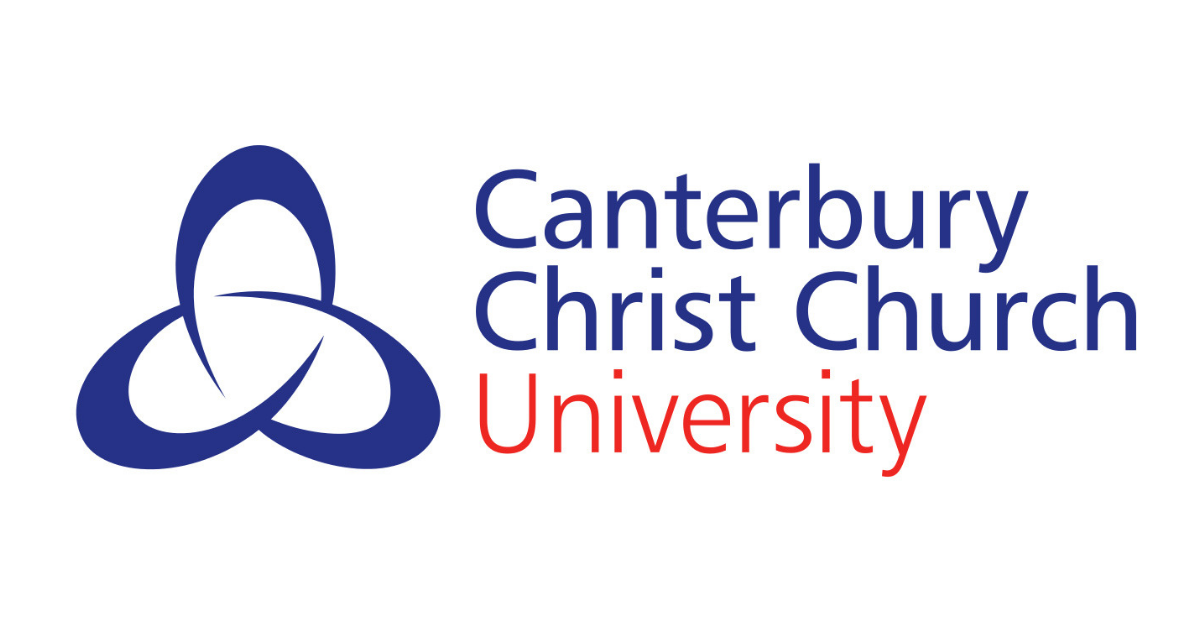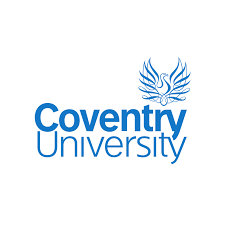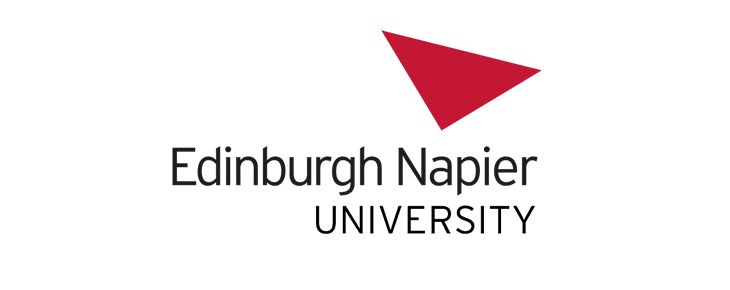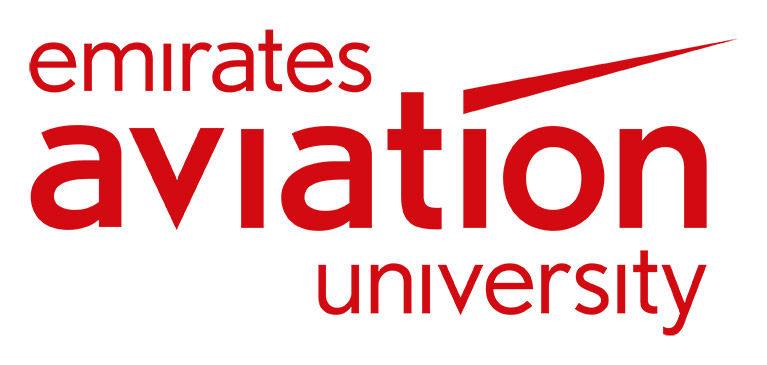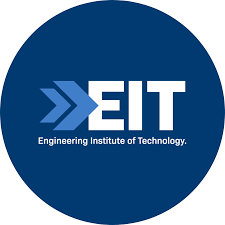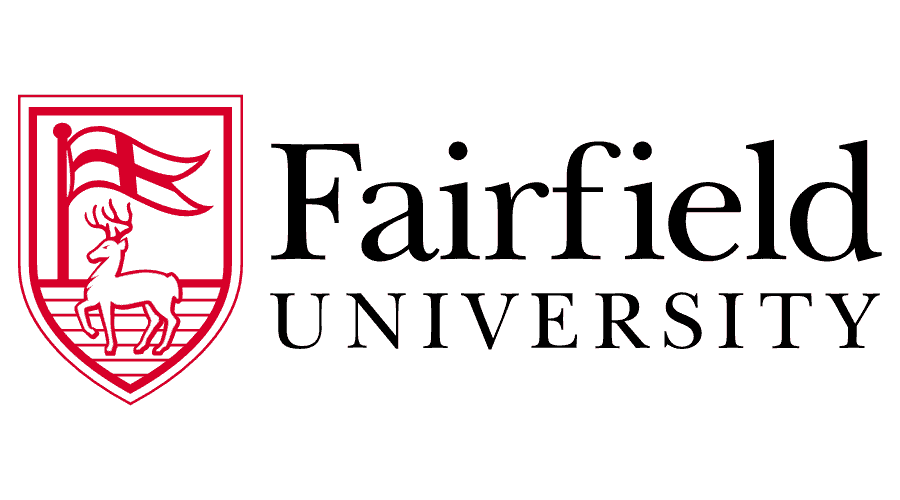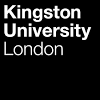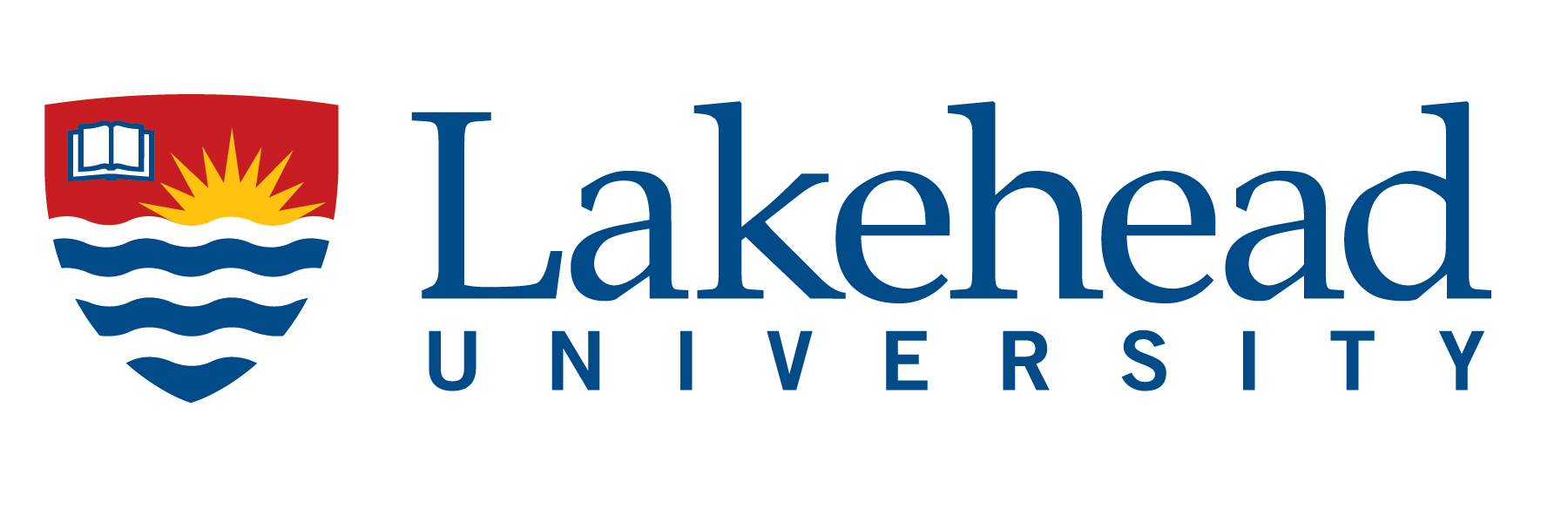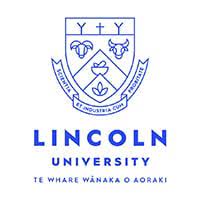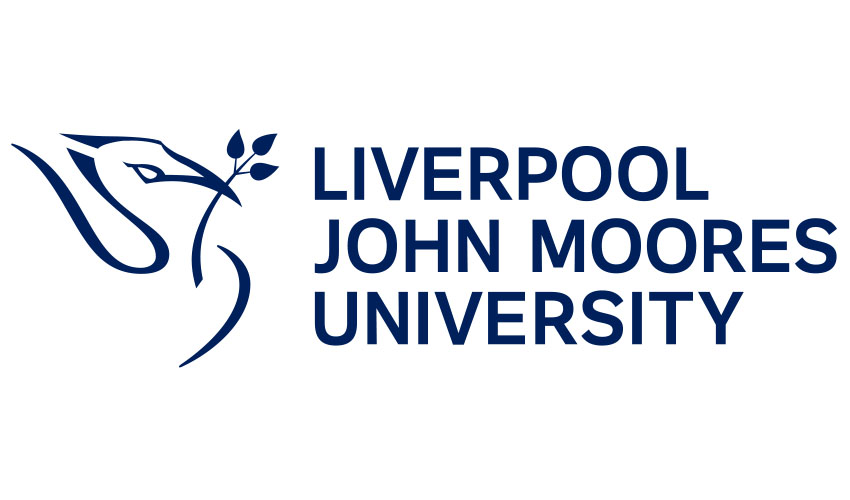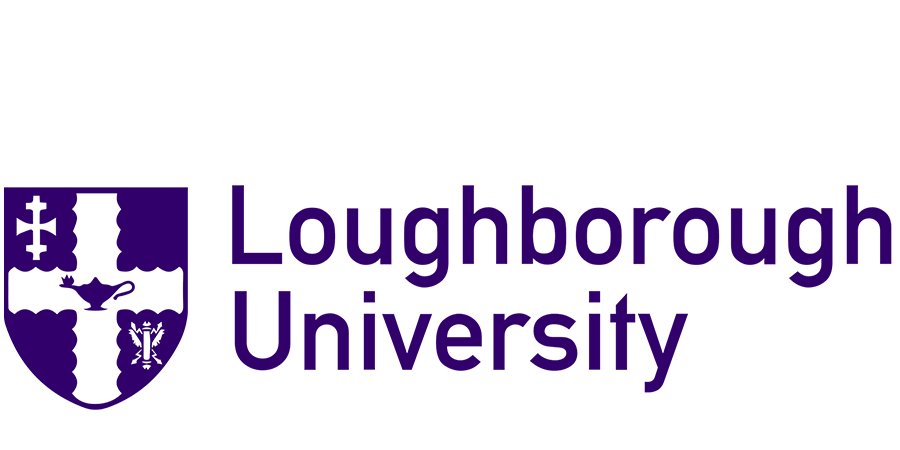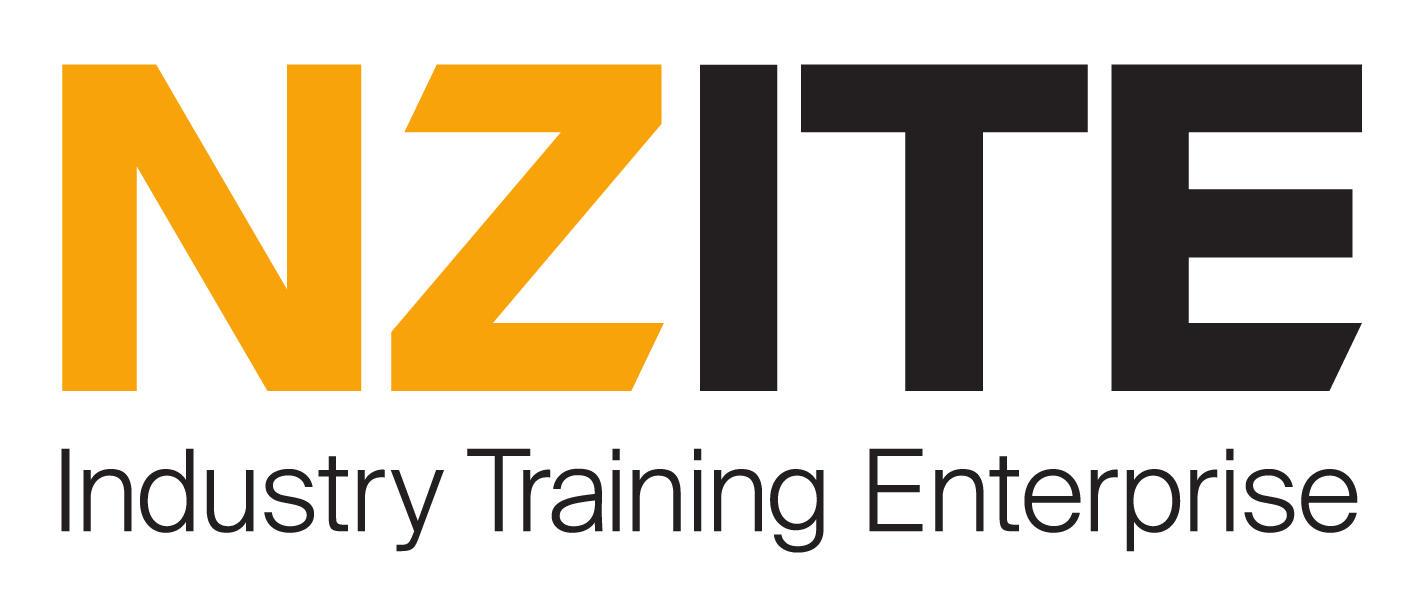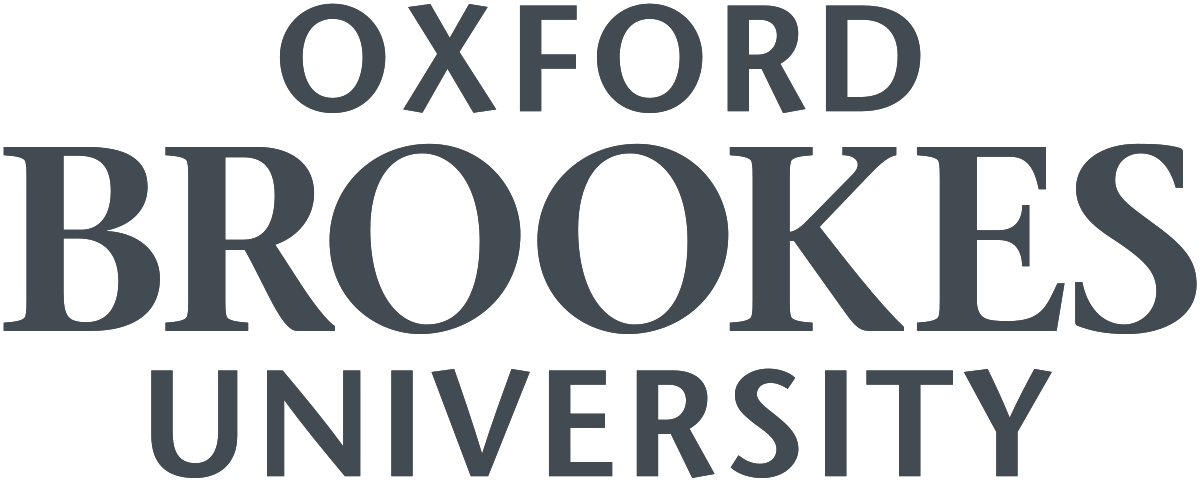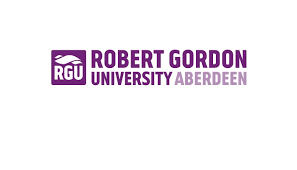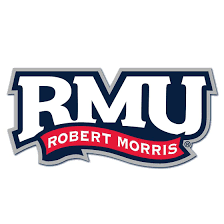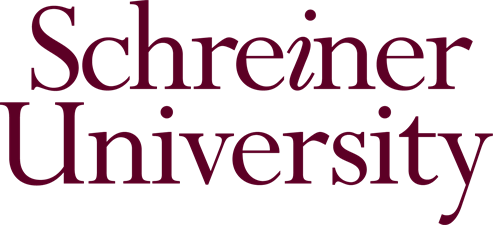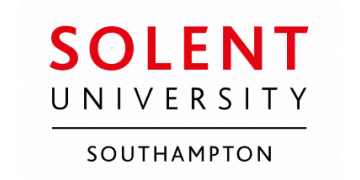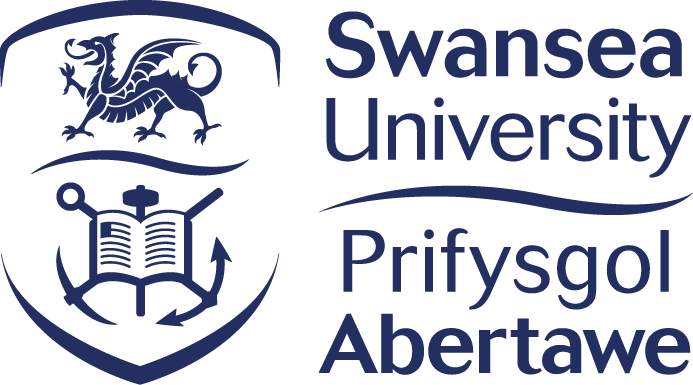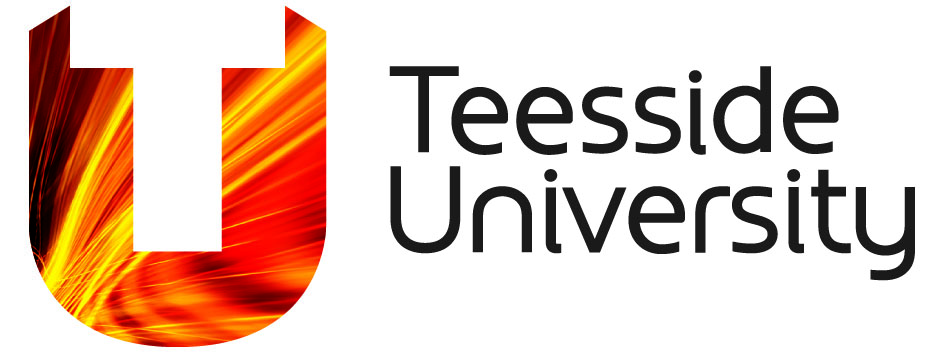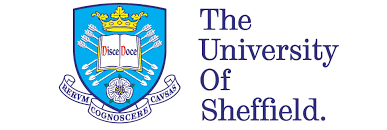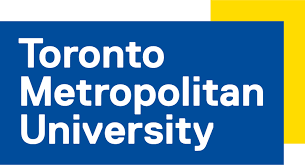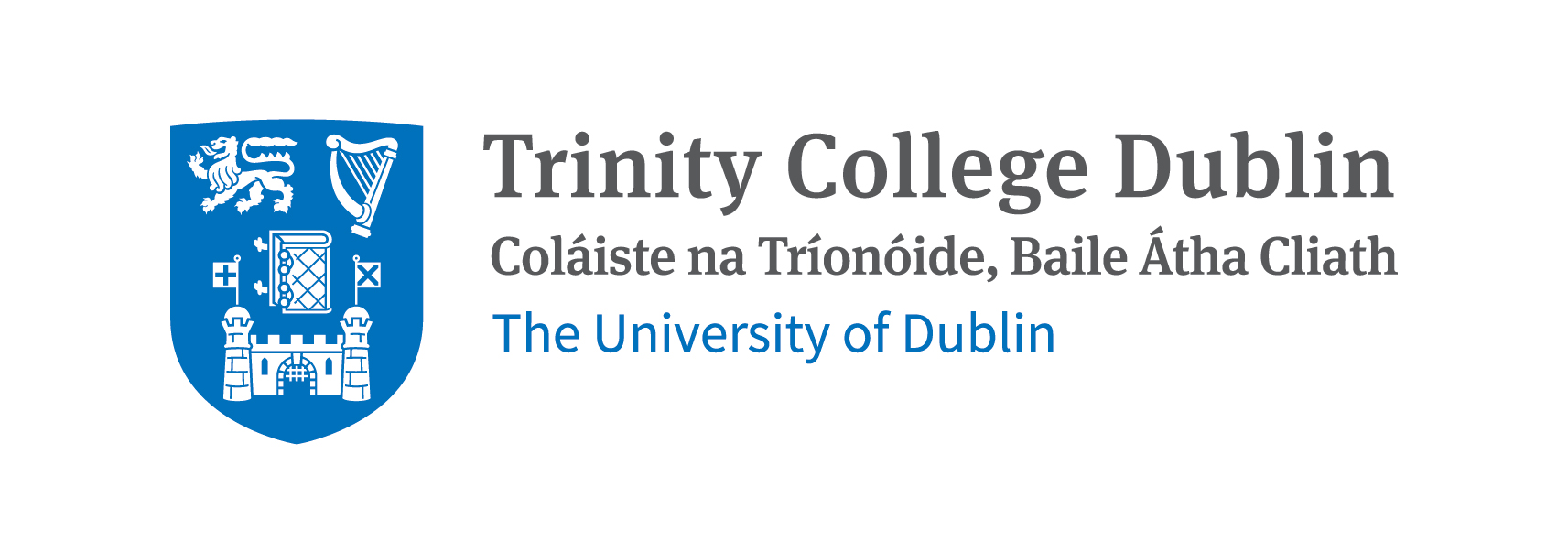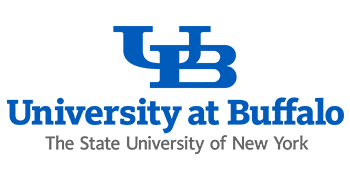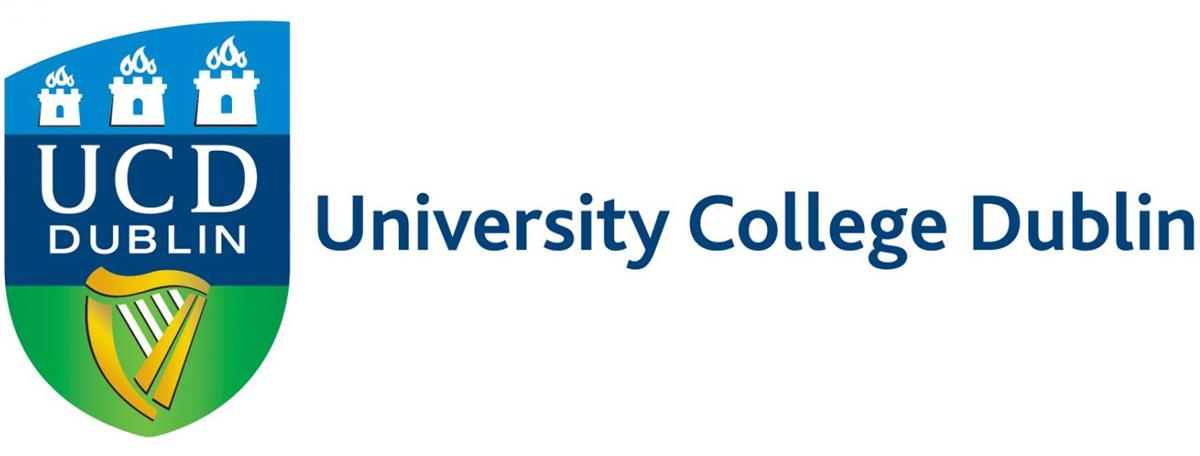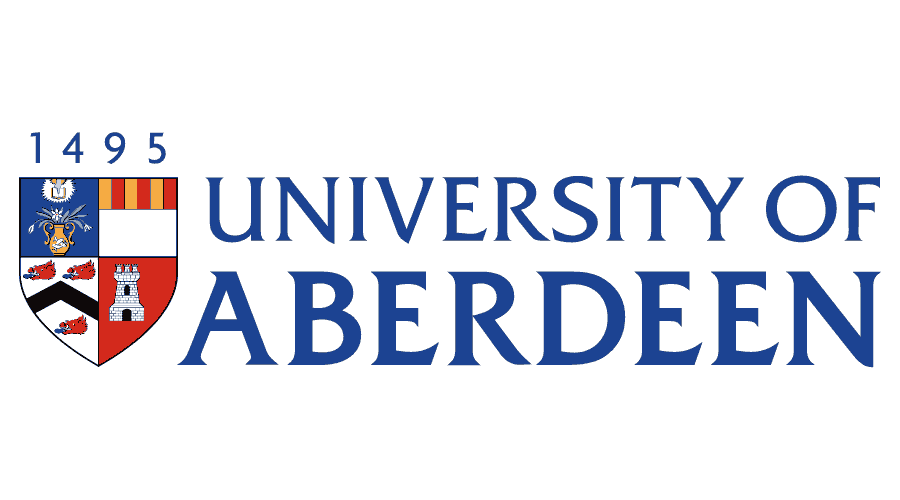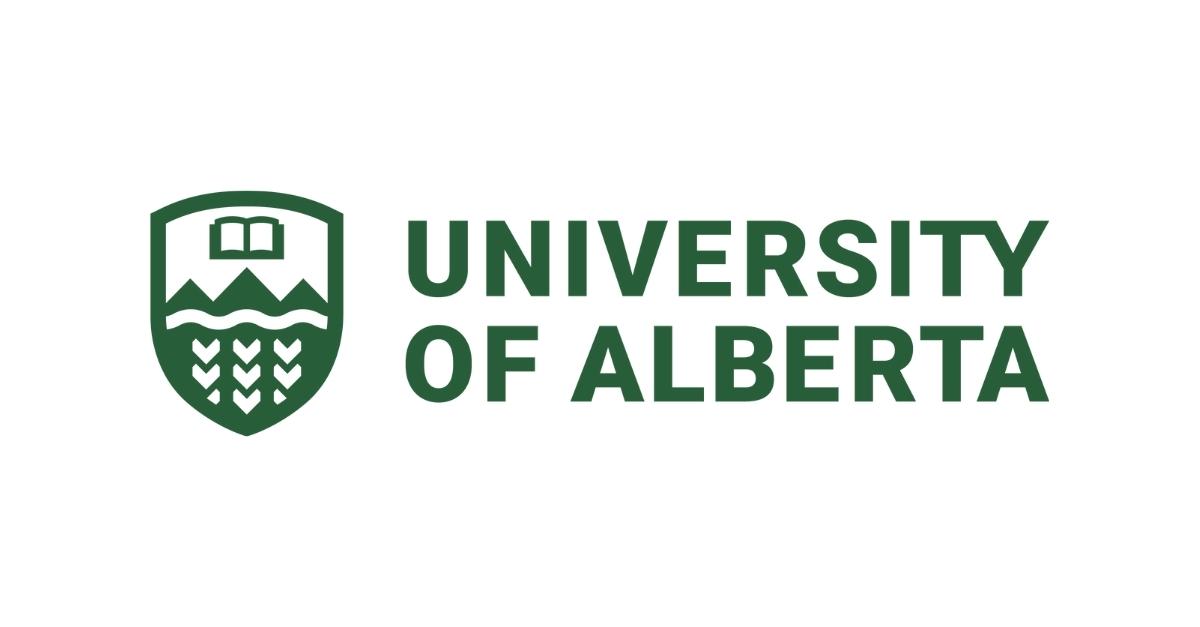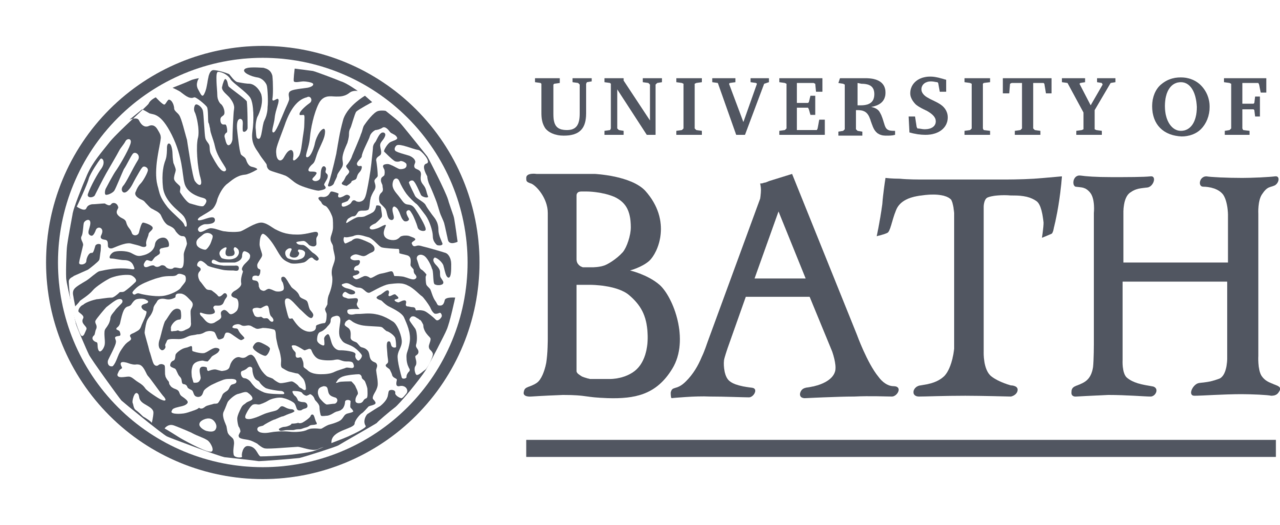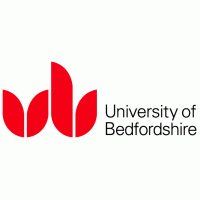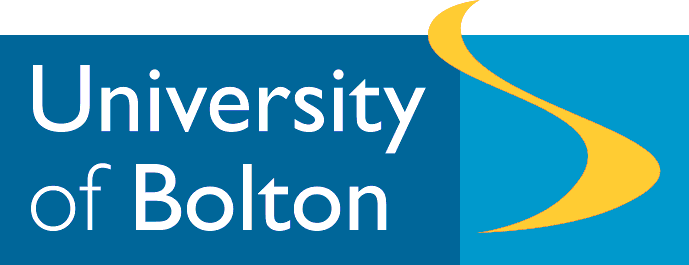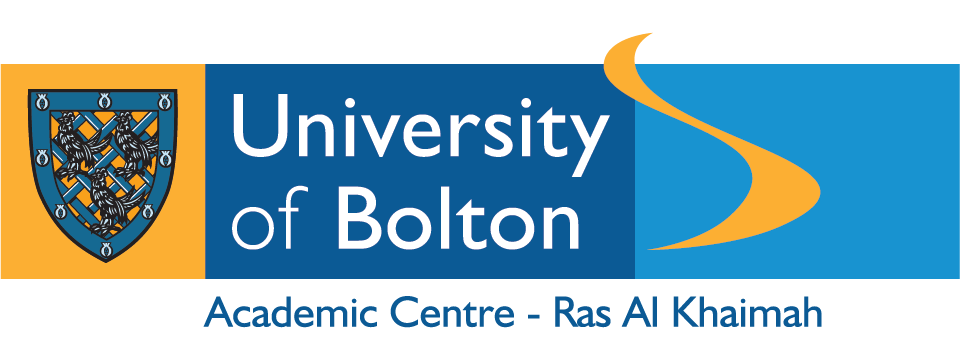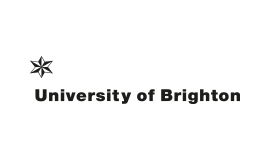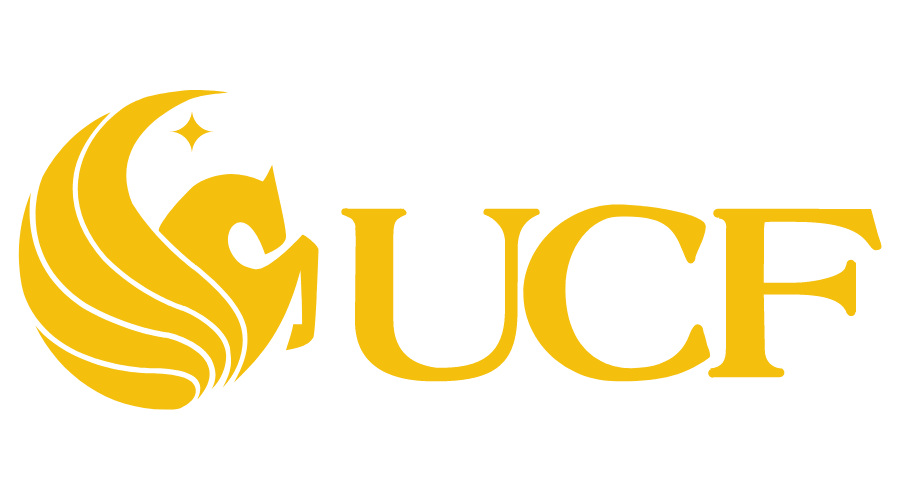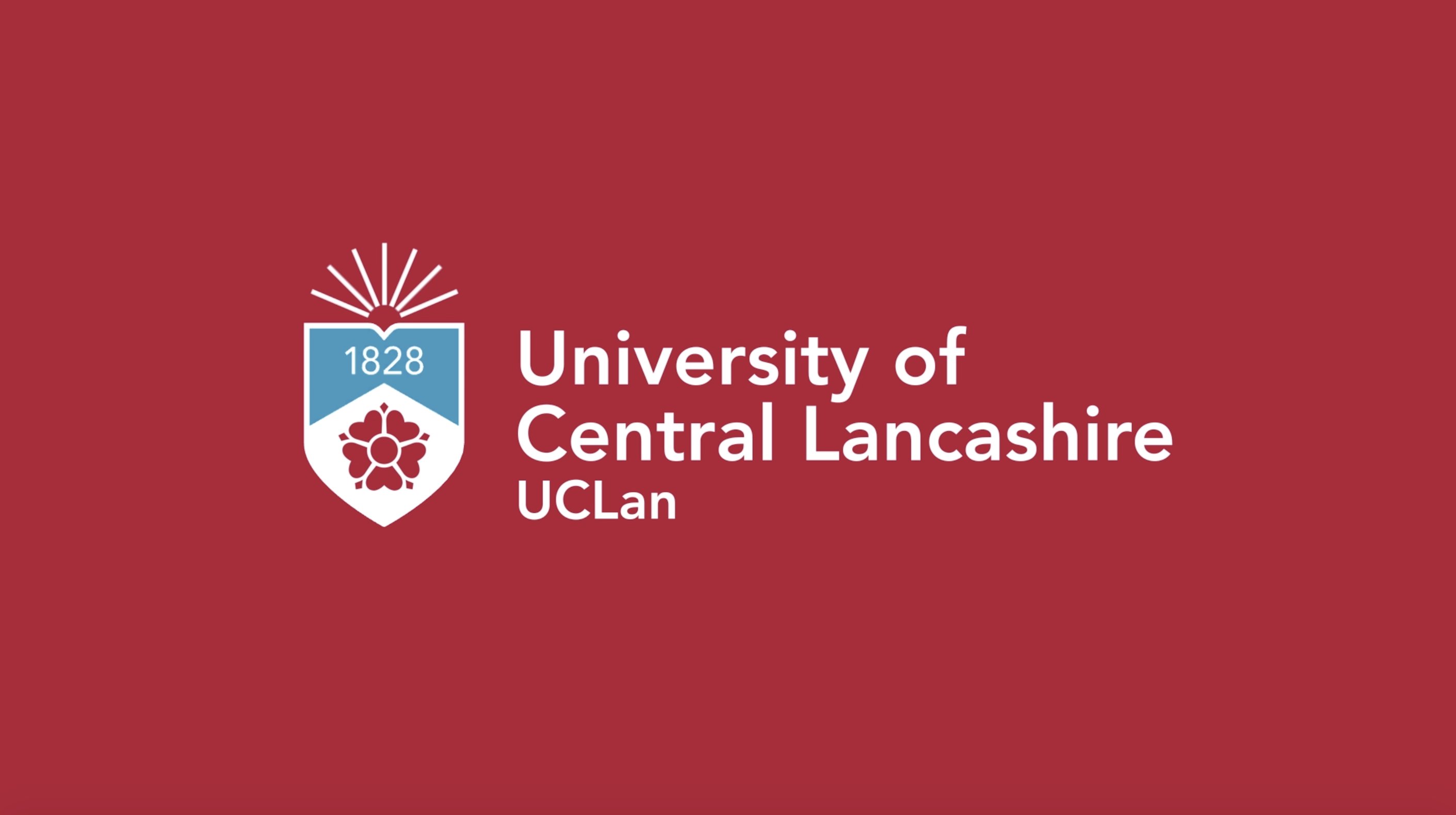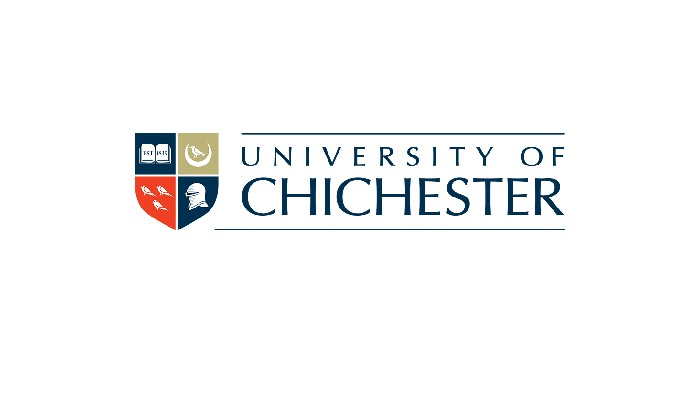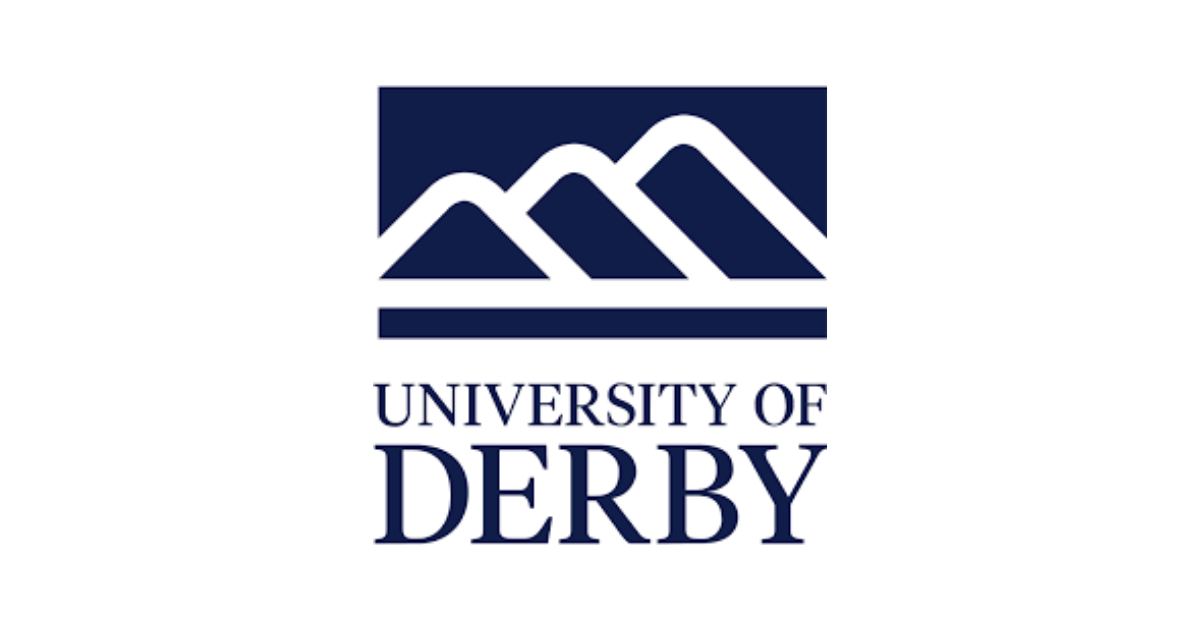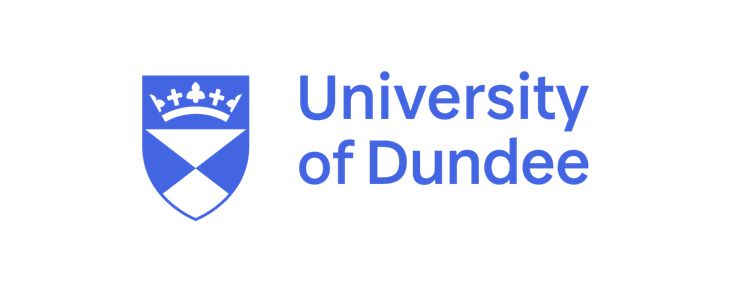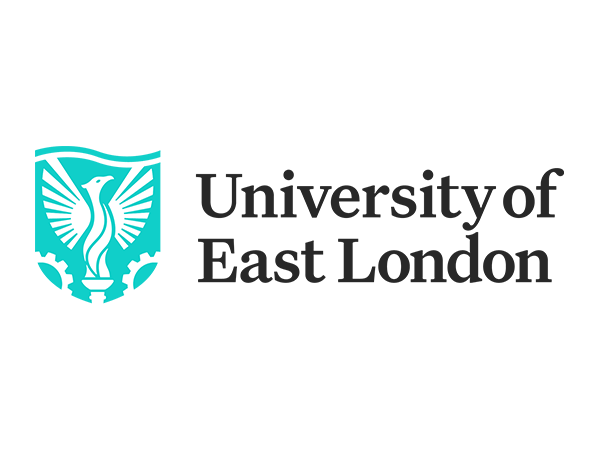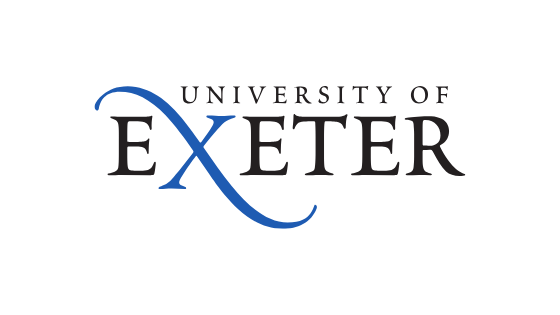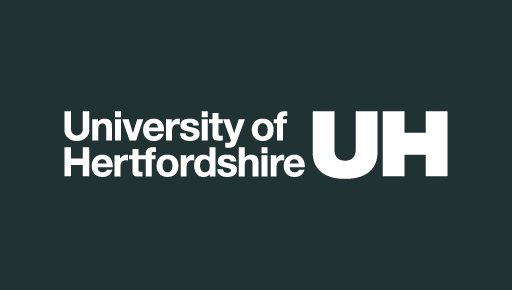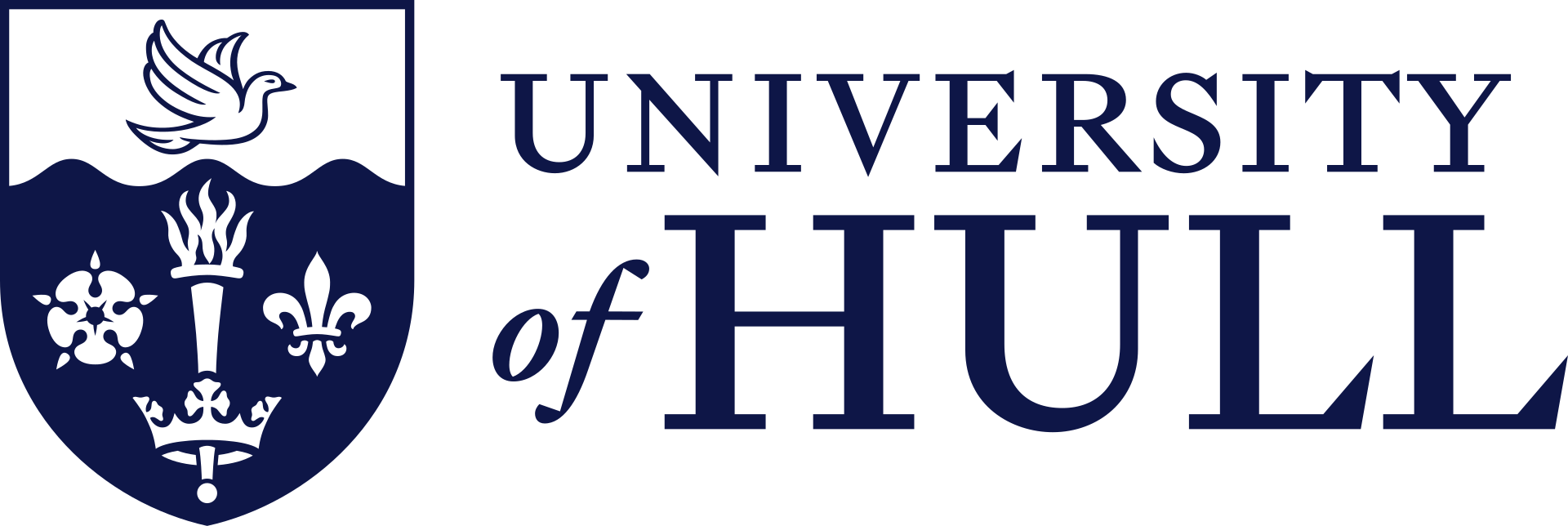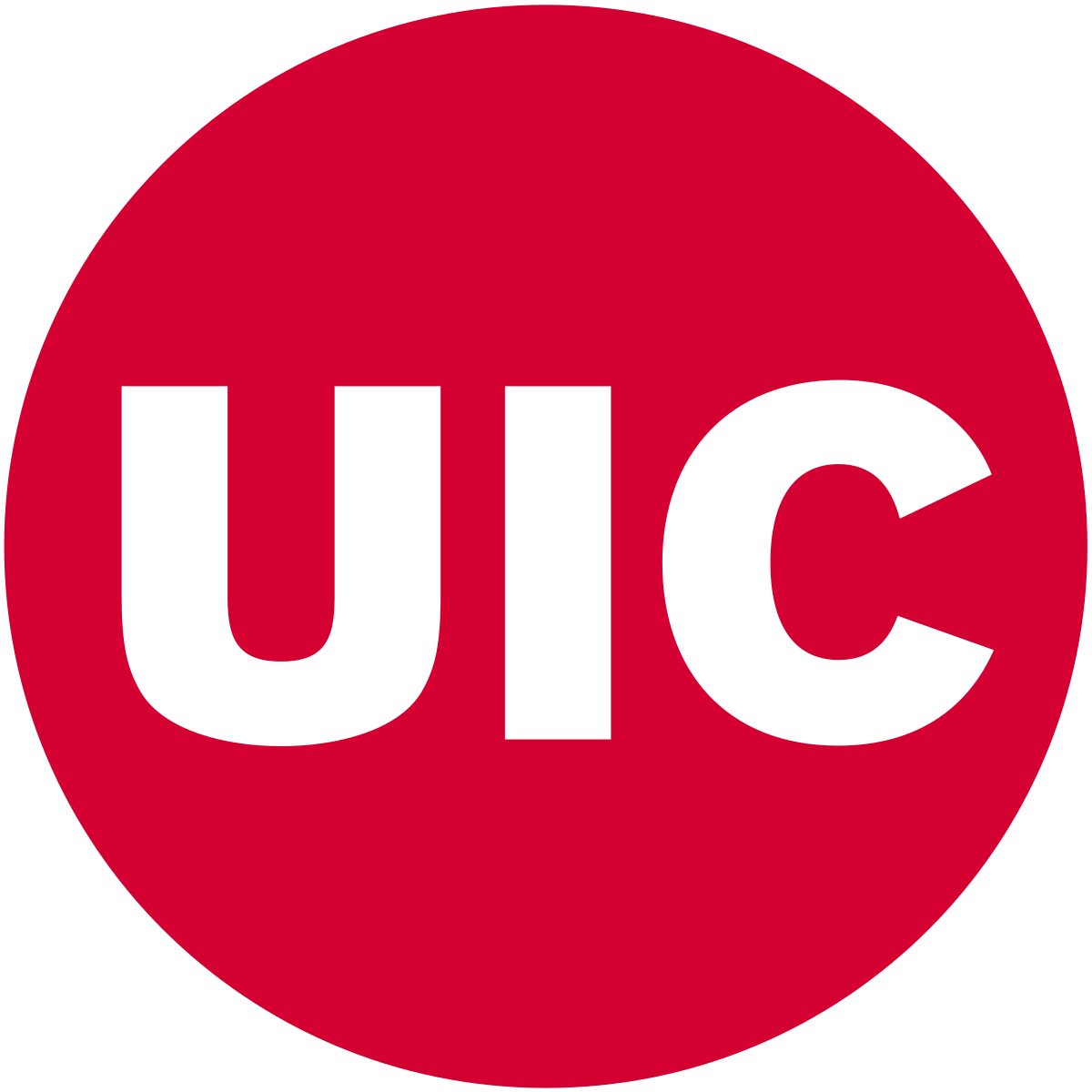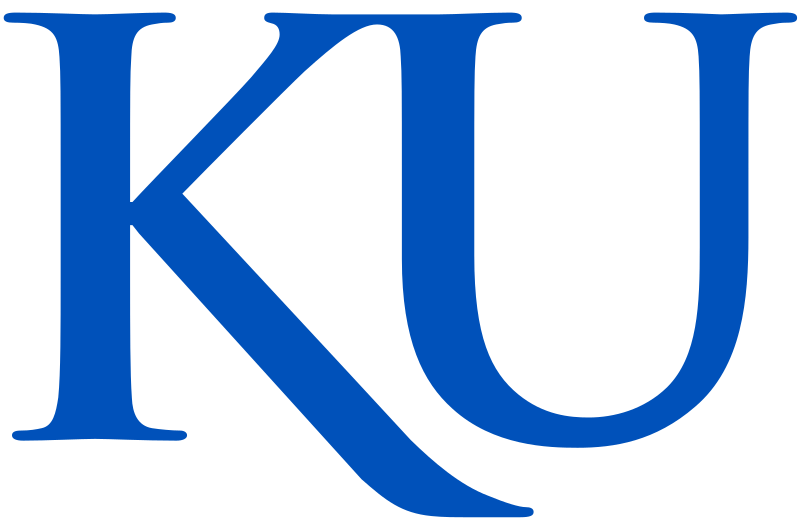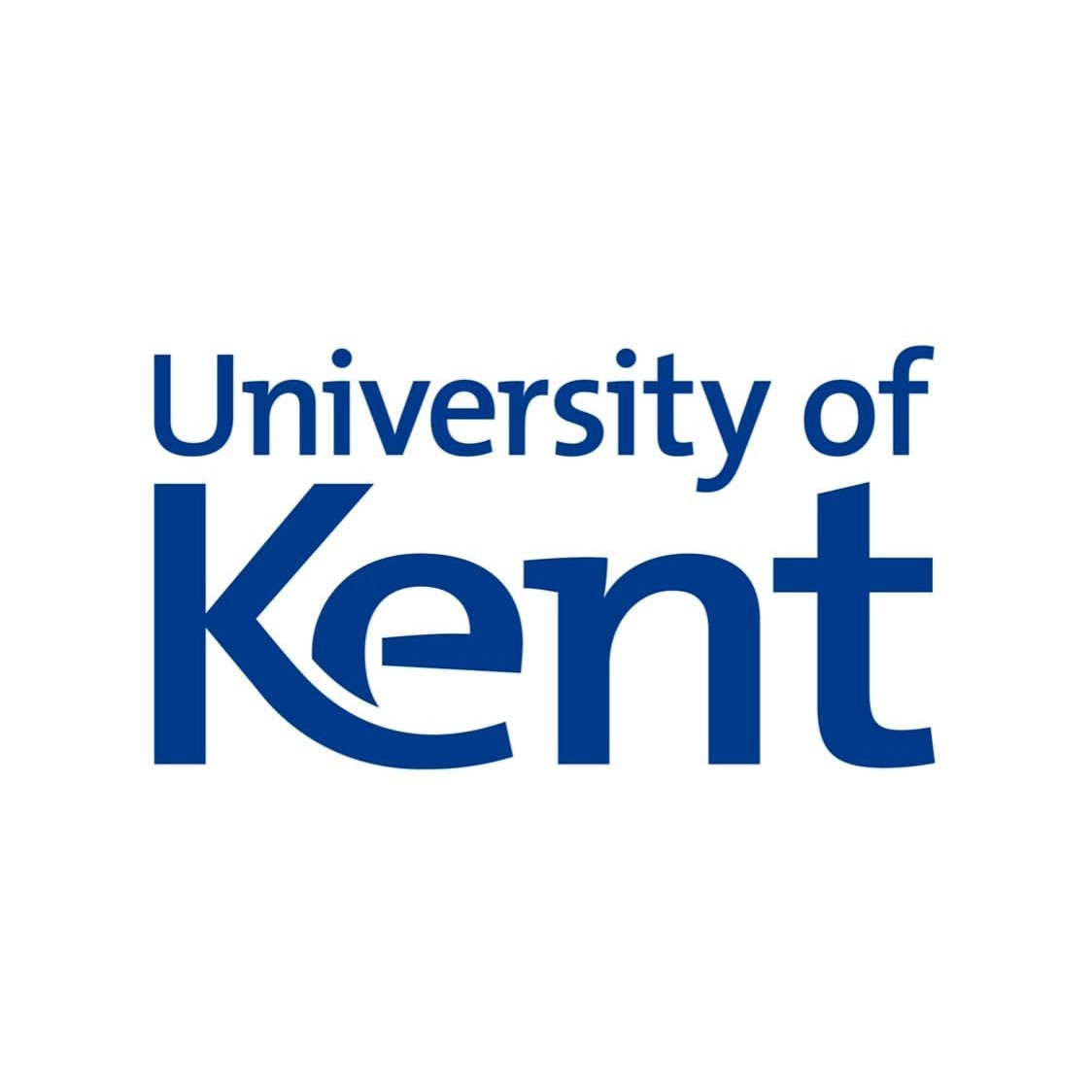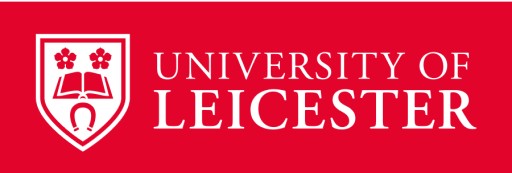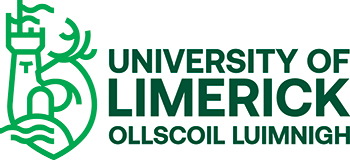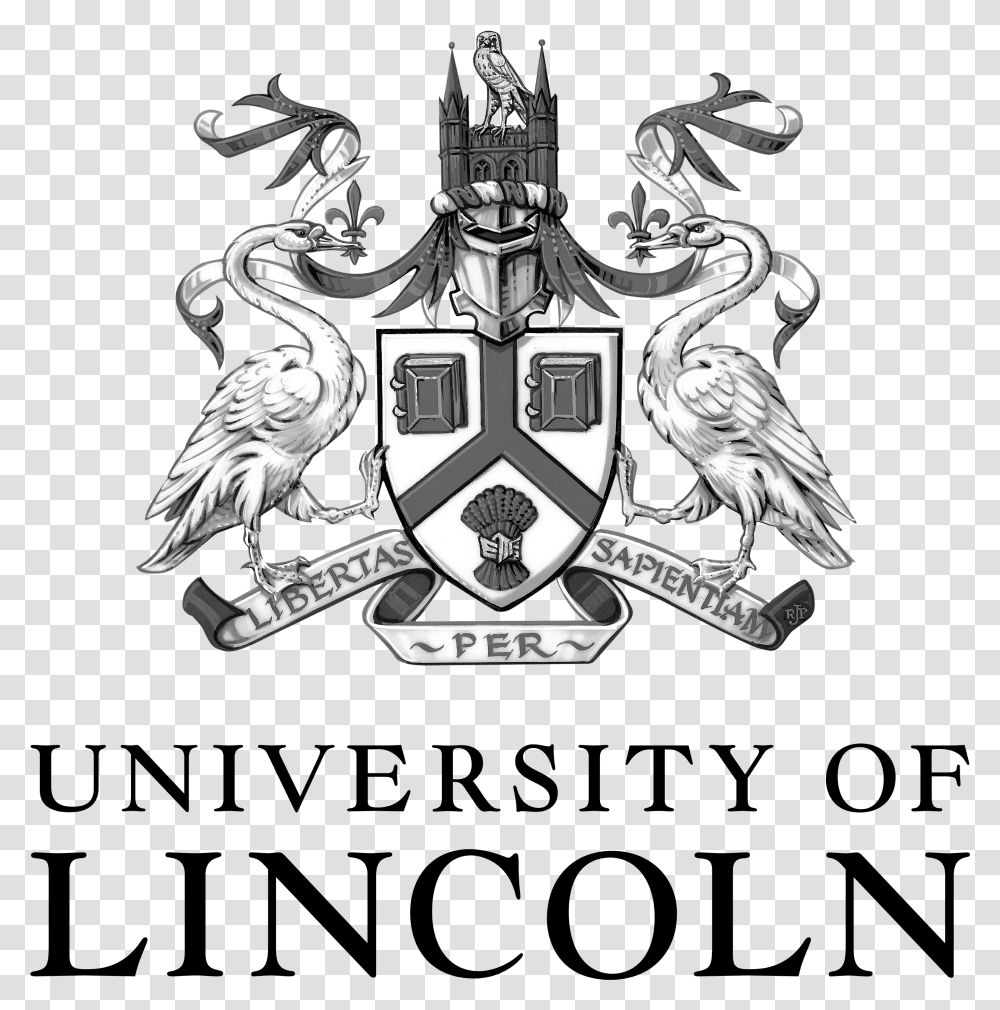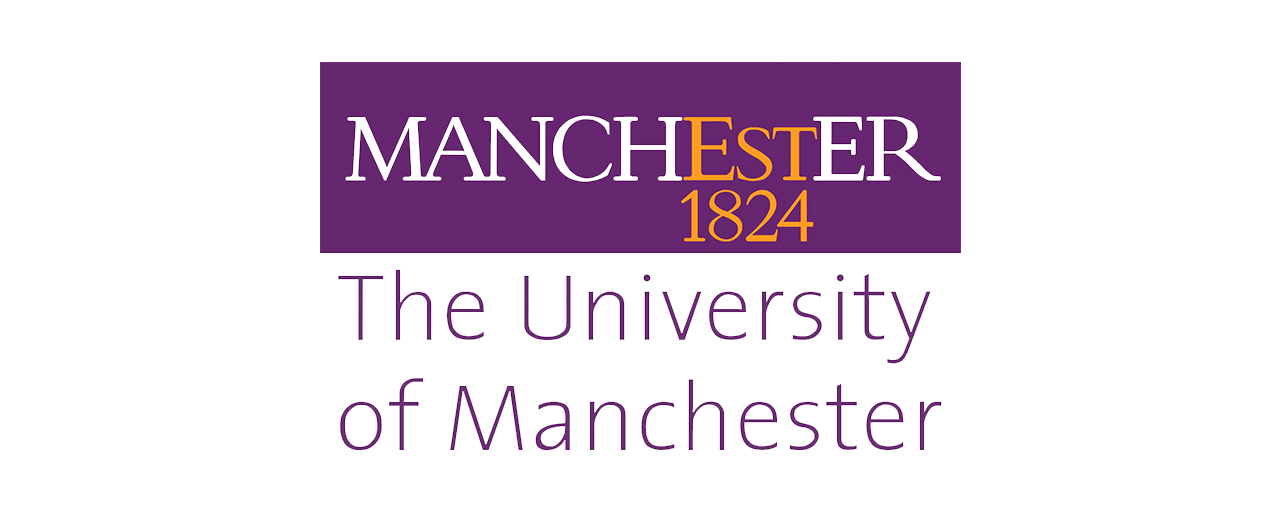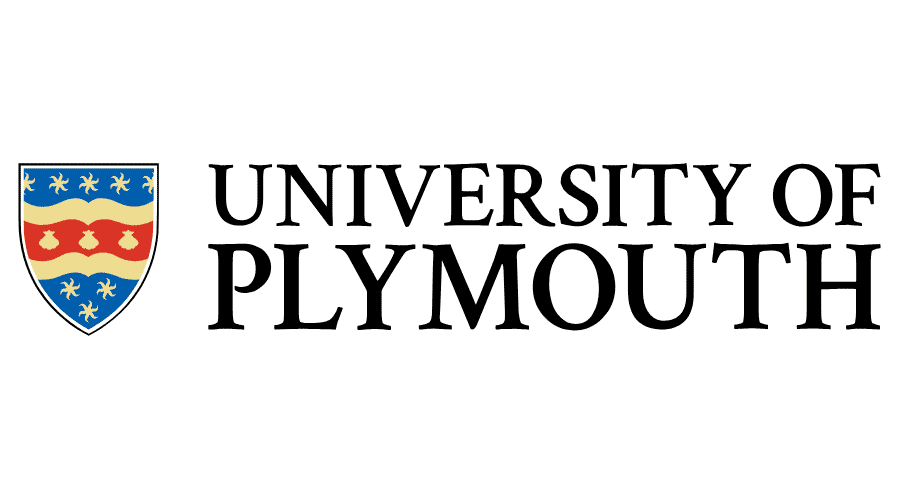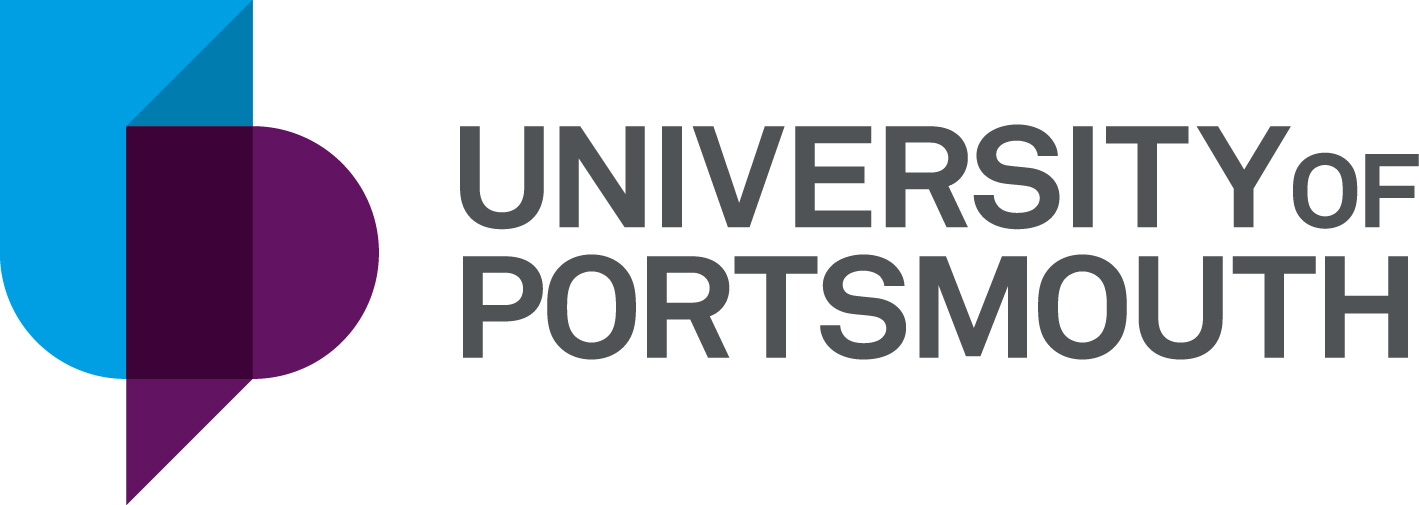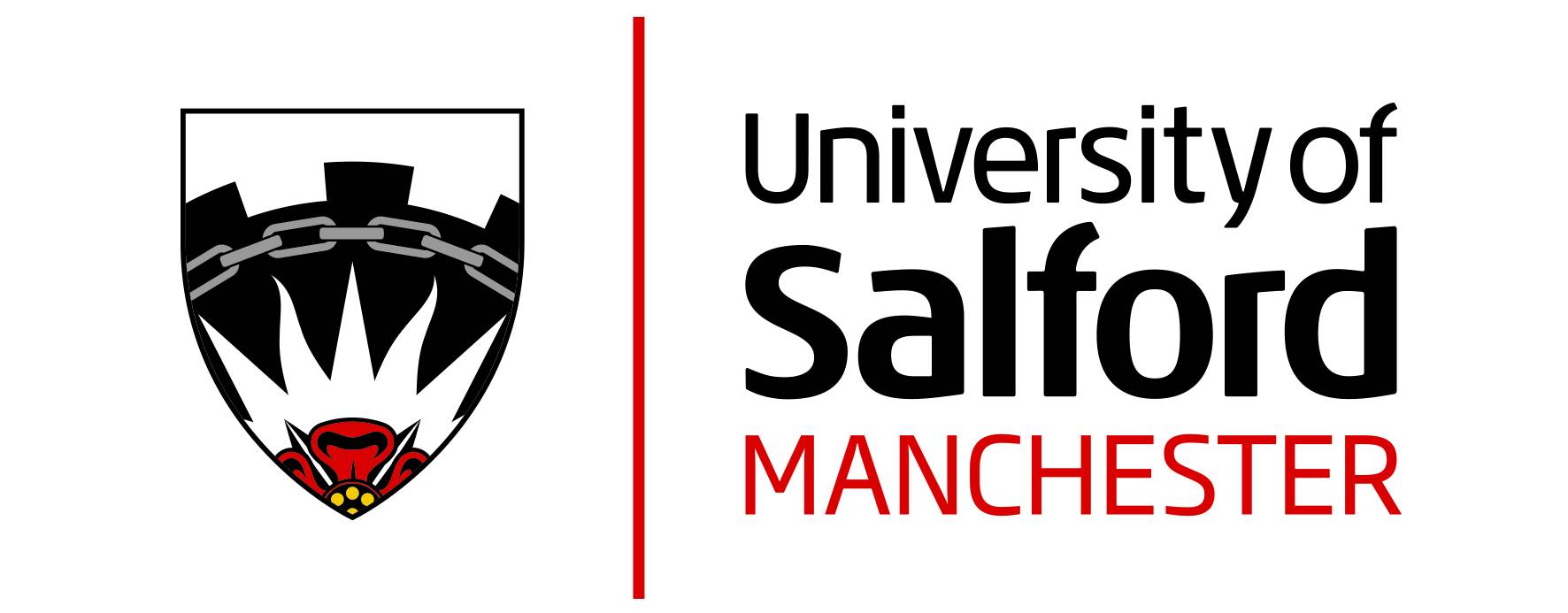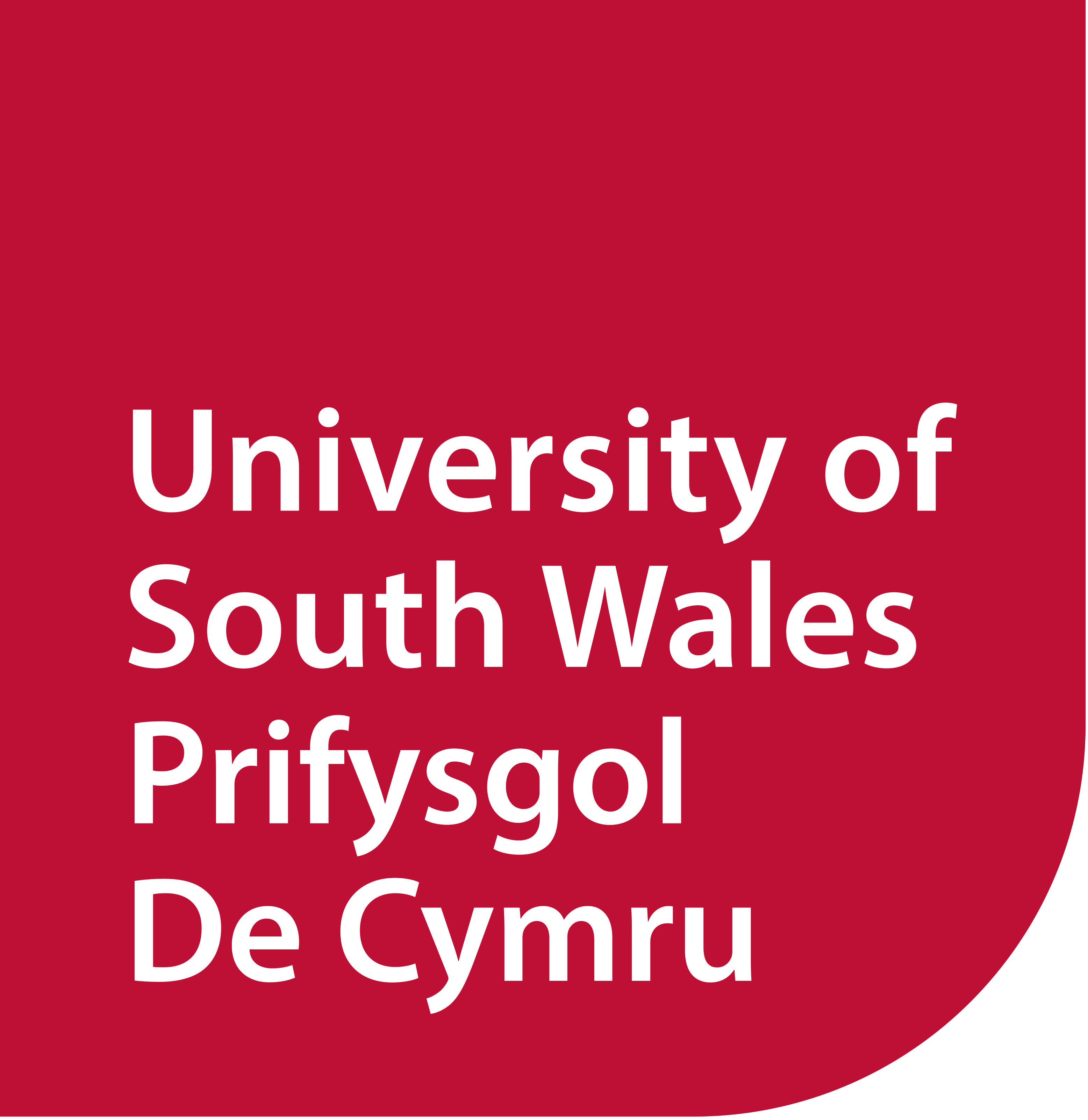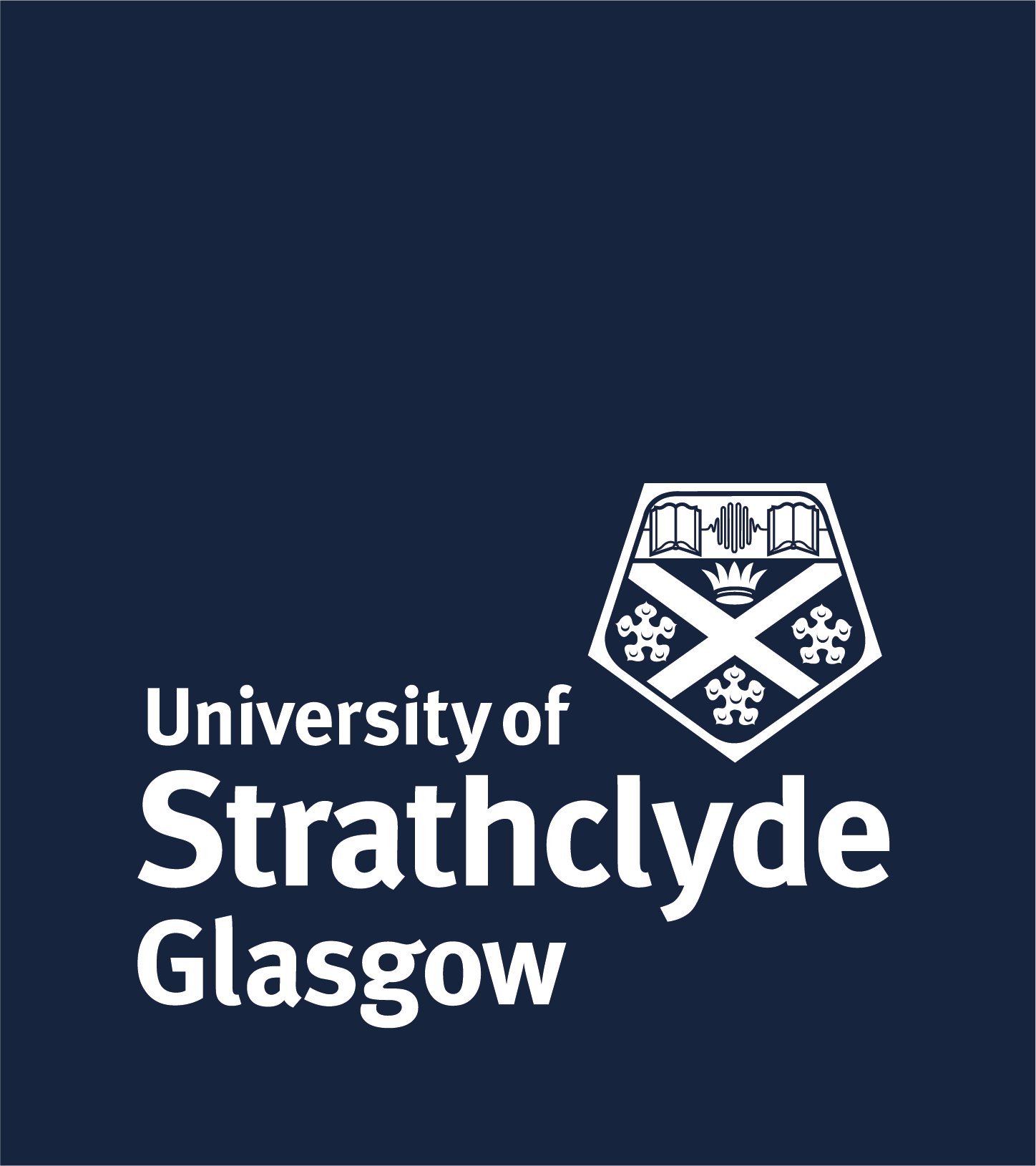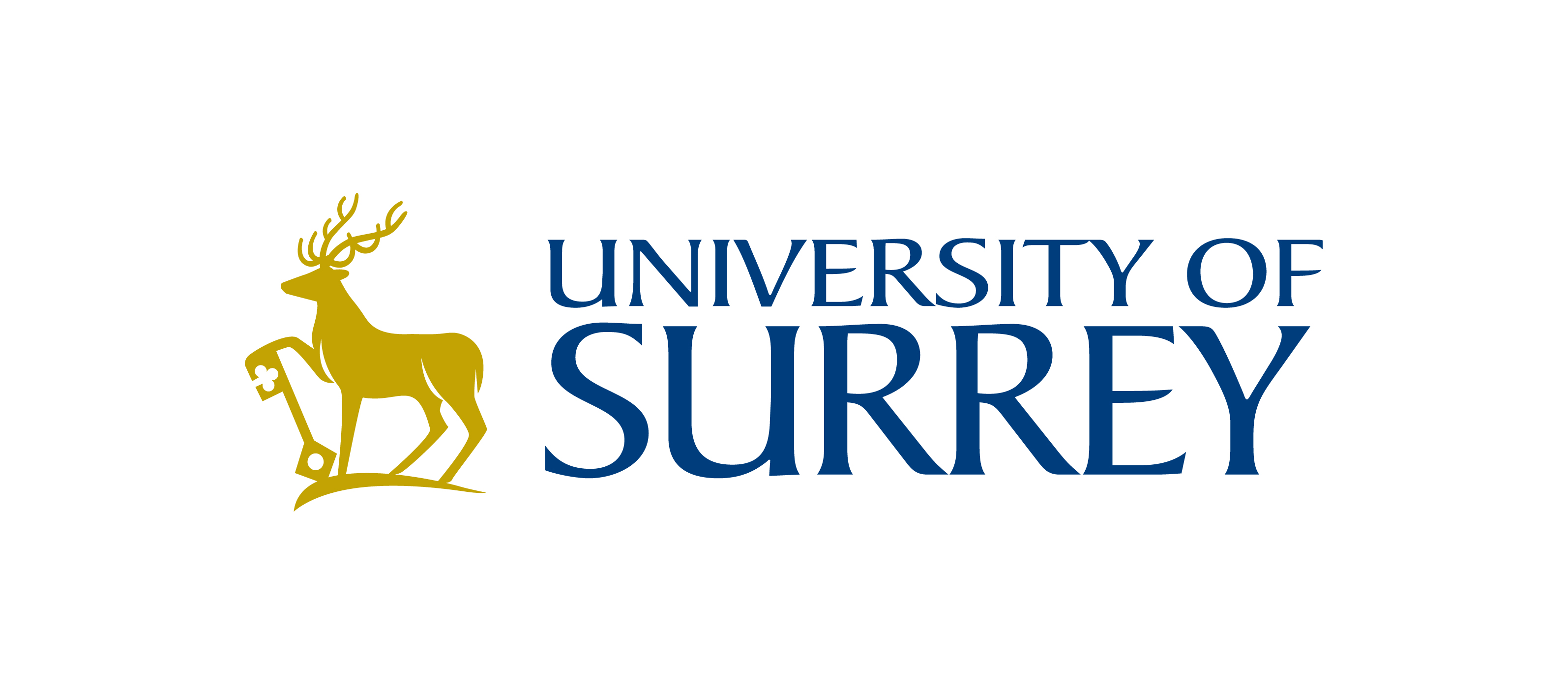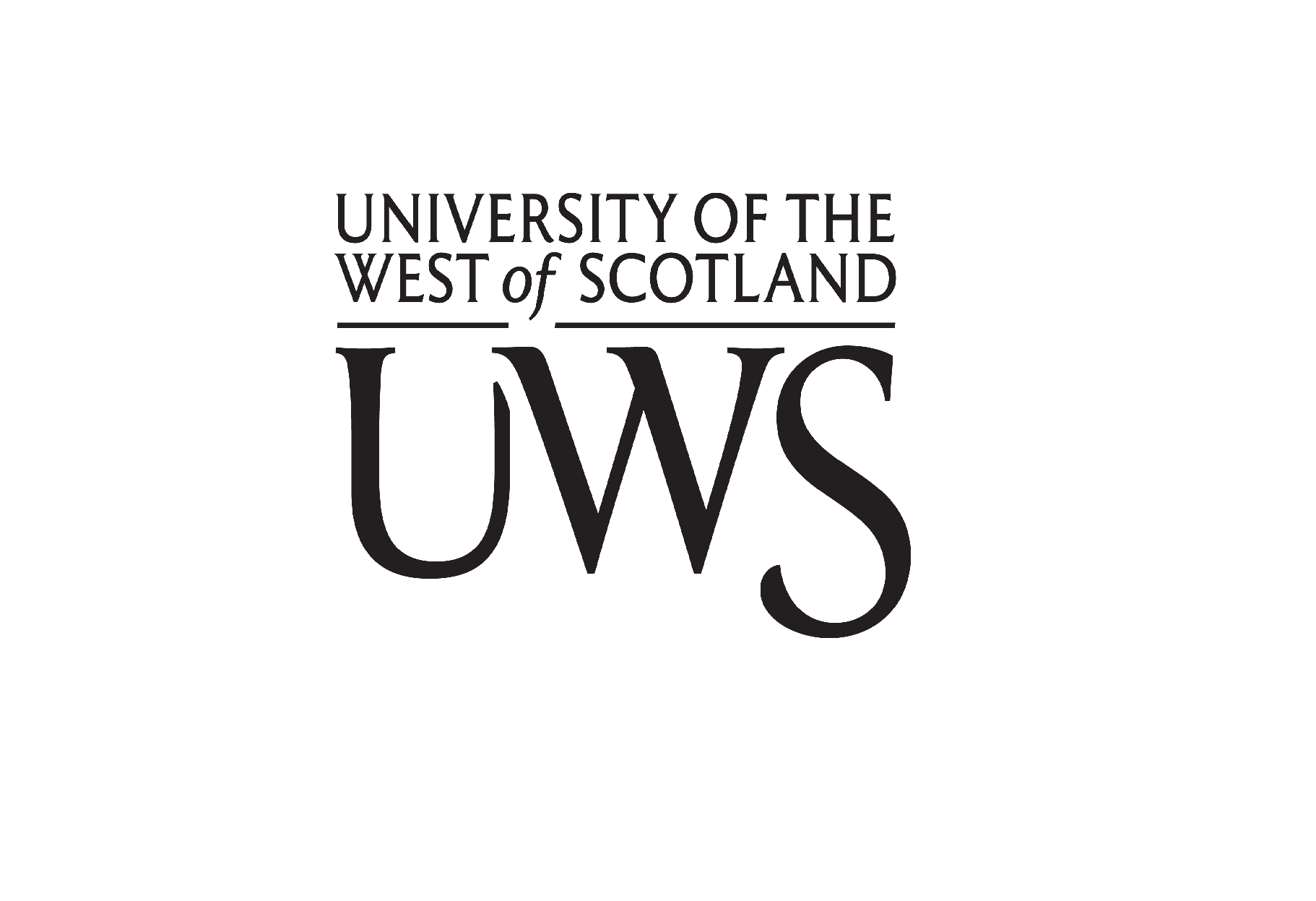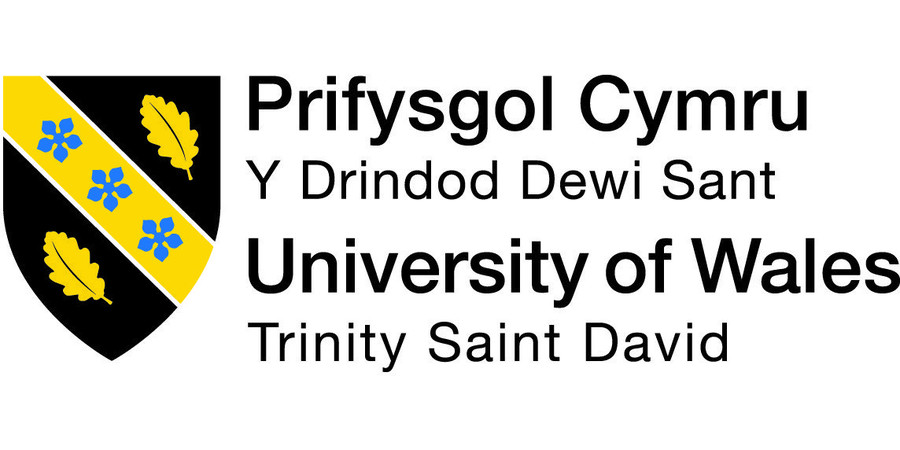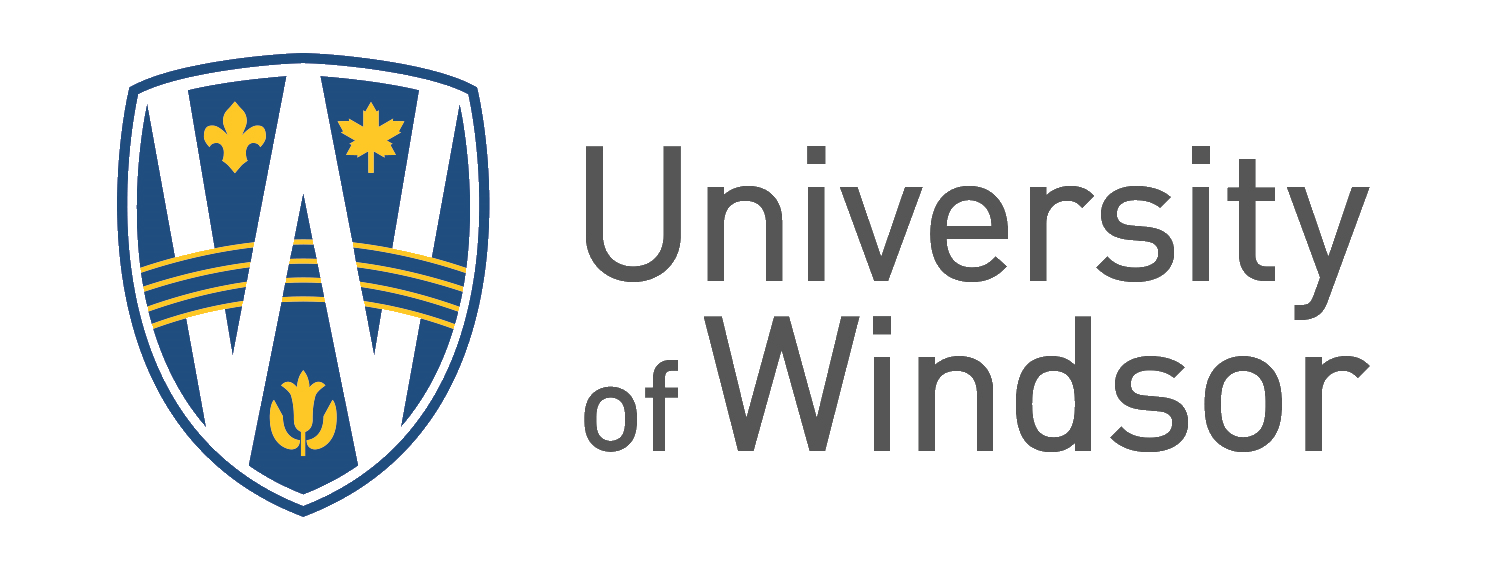Mechanical Engineering: Study Abroad Opportunities for Indian Students
Mechanical Engineering is one of the most versatile and in-demand engineering disciplines worldwide. It forms the backbone of industries like automotive, aerospace, manufacturing, and energy, combining principles of physics, materials science, and design to create innovative machines and systems. For Indian students aspiring to build a global career, studying Mechanical Engineering abroad offers unparalleled exposure to cutting-edge technology, research facilities, and international networks. This page explores everything you need to know about pursuing a degree in Mechanical Engineering overseas, from course details to career prospects.
Why Choose Mechanical Engineering Abroad?
India produces thousands of mechanical engineers annually, but studying abroad elevates your skills to meet global standards. Countries like the USA, UK, Canada, Australia, and Germany lead in mechanical innovation—think Tesla's electric vehicles or Airbus's aircraft designs. As an Indian student, you'll gain access to advanced labs, internships with top firms like Siemens or Boeing, and a multicultural environment that enhances problem-solving abilities.
- Global Recognition: Degrees from accredited foreign universities are highly valued by Indian recruiters, often leading to higher starting salaries.
- Practical Focus: Unlike some Indian programs, international courses emphasize hands-on projects, simulations, and industry collaborations.
- Research Opportunities: Engage in cutting-edge areas like robotics, sustainable energy, and 3D printing, which are booming globally.
- Cultural and Professional Growth: Living abroad builds resilience, adaptability, and English proficiency, key for multinational roles.
With India's push towards 'Make in India' and renewable energy, mechanical engineers with international experience are in high demand back home or abroad.
Course Overview
Mechanical Engineering programs abroad are offered at undergraduate (BEng/BSc), postgraduate (MEng/MSc), and doctoral (PhD) levels. Undergraduate degrees typically last 3-4 years, while master's programs span 1-2 years. PhDs take 3-5 years and focus on research.
Core Curriculum
The curriculum blends theory and application. Here's a breakdown of key subjects:
| Level | Core Subjects | Electives/Advanced Topics |
|---|---|---|
| Undergraduate | Thermodynamics, Fluid Mechanics, Mechanics of Materials, Engineering Mathematics, CAD/CAM | Automotive Design, Robotics, Manufacturing Processes |
| Postgraduate | Advanced Dynamics, Heat Transfer, Finite Element Analysis, Control Systems | Sustainable Engineering, Biomechanics, Nanotechnology |
| PhD/Research | Specialized Research Methods, Computational Modeling | Renewable Energy Systems, Aerospace Engineering, Additive Manufacturing |
Many programs include co-op placements or internships, allowing you to earn while learning. For instance, in Canada, co-op terms can last up to 16 months, providing real-world experience.
Popular Specializations
- Automotive Engineering: Focus on vehicle design, electric propulsion, and safety systems. Ideal for students interested in companies like Ford or Tata Motors' international arms.
- Aerospace Engineering: Covers aerodynamics, propulsion, and spacecraft. Opportunities in NASA or ISRO collaborations.
- Mechatronics: Integrates mechanical systems with electronics and AI—perfect for robotics enthusiasts.
- Energy Systems: Emphasizes renewable sources like wind and solar, aligning with global sustainability goals.
Indian students often choose specializations that bridge traditional manufacturing with emerging tech, enhancing employability in India's growing EV and defense sectors.
Top Destinations and Universities
Selecting the right country depends on factors like cost, visa ease, and job markets. Here's a guide for Indian students:
- USA: Home to MIT and Stanford, with strong emphasis on innovation. Average tuition: $30,000-$50,000/year. Post-study work visa (OPT) up to 3 years for STEM fields.
- UK: Universities like Imperial College London and University of Cambridge offer world-class programs. Tuition: £20,000-£35,000/year. Graduate Route visa allows 2 years of work post-study.
- Canada: Affordable and welcoming—University of Toronto and McGill University shine. Tuition: CAD 20,000-40,000/year. Post-Graduation Work Permit (PGWP) up to 3 years.
- Australia: Focus on practical skills at University of Melbourne or UNSW. Tuition: AUD 30,000-45,000/year. Temporary Graduate visa for 2-4 years.
- Germany: Tuition-free at public universities like RWTH Aachen. Living costs: €10,000/year. 18-month job search visa post-graduation.
For Indian students, Germany and Canada are budget-friendly options, while the USA offers the highest earning potential.
Eligibility and Admission Requirements
Admission varies by university, but Indian students should prepare early. Key requirements include:
- Academic Qualifications: For undergrad, 10+2 with Physics, Chemistry, and Math (minimum 60-70% aggregate). For master's, a bachelor's in Mechanical Engineering or related field (GPA 3.0+ or equivalent).
- Standardized Tests:
- SAT/ACT for undergrad (USA/Australia).
- GRE for master's/PhD (most countries, score 300+).
- IELTS/TOEFL for English proficiency (IELTS 6.5+ or TOEFL 90+).
- Documents: Statement of Purpose (SOP), Letters of Recommendation (LORs), Resume, and portfolio for design-focused programs.
- Work Experience: Preferred for master's (1-2 years), especially in India’s engineering firms.
Deadlines are typically December-January for fall intake. Start with IELTS preparation and build a strong SOP highlighting your passion for mechanics, perhaps drawing from Indian projects like solar-powered vehicles.
Career Prospects and Salaries
A mechanical engineering degree abroad opens doors to diverse roles. Graduates can work as design engineers, project managers, or R&D specialists in sectors like manufacturing, oil & gas, and tech.
Global Demand: The field is projected to grow 7-10% by 2030, driven by automation and green tech. Indian students benefit from bilateral ties, like Indo-US tech partnerships.
Job Roles and Salaries (Approximate Annual Figures in USD)
| Job Role | USA | UK | Canada | India (Post-Return) |
|---|---|---|---|---|
| Mechanical Design Engineer | $80,000-$100,000 | £40,000-£55,000 | CAD 70,000-90,000 | ₹8-15 Lakhs |
| Project Engineer | $90,000-$110,000 | £45,000-£60,000 | CAD 75,000-95,000 | ₹10-18 Lakhs |
| Robotics Specialist | $100,000-$130,000 | £50,000-£70,000 | CAD 80,000-100,000 | ₹12-20 Lakhs |
Returning to India? MNCs like GE, Honeywell, and Mahindra offer premium packages for abroad-trained engineers. Networking via LinkedIn and alumni groups is crucial.
Scholarships and Financial Aid
Studying abroad can be expensive, but scholarships ease the burden for meritorious Indian students.
- Fulbright-Nehru Scholarship (USA): Covers tuition and living for master's/PhD.
- Chevening Scholarships (UK): Full funding for outstanding leaders.
- Vanier Canada Graduate Scholarships: CAD 50,000/year for research.
- DAAD Scholarships (Germany): €934/month stipend plus tuition waiver.
- University-Specific Aid: MIT's need-based grants or Australia's Endeavour Awards.
- Indian Government Schemes: National Overseas Scholarship for SC/ST students; ICCR for cultural exchange.
Apply 6-12 months in advance. Maintain a GPA above 3.5 and strong extracurriculars to boost chances.
Application Process: Step-by-Step Guide
- Research Programs: Use sites like QS Rankings or Studyportals to shortlist 5-10 universities.
- Prepare Tests: Take IELTS/GRE 6-8 months before deadlines.
- Gather Documents: Draft SOP (500-1000 words) explaining your goals.
- Apply Online: Through university portals or Common App (USA). Pay application fees ($50-150).
- Secure Funding: Apply for scholarships simultaneously.
- Visa Application: Once admitted, apply for student visa (F-1 for USA, Tier 4 for UK). Show proof of funds (e.g., ₹10-15 Lakhs for USA).
- Pre-Departure: Attend orientation, arrange accommodation, and get health insurance.
Indian students face visa success rates of 70-90% with complete documentation. Consult education agents for guidance.
Challenges and Tips for Success
Challenges: High costs, cultural adjustment, and competitive admissions. Homesickness is common, but university support groups help.
Tips:
- Join Indian student associations for community support.
- Focus on internships—many lead to full-time offers.
- Stay updated with trends like Industry 4.0 through online courses (Coursera).
- Balance studies with part-time work (20 hours/week allowed in most countries).
Studying Mechanical Engineering abroad is an investment in your future. With dedication, you'll return as a global expert, ready to innovate in India's dynamic economy or thrive internationally. Start your journey today—explore programs and take the first step towards a mechanical marvel of a career!



